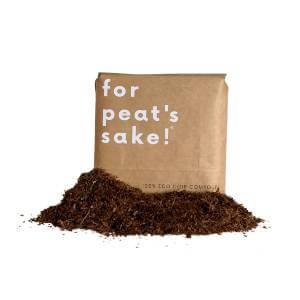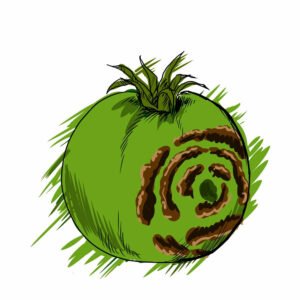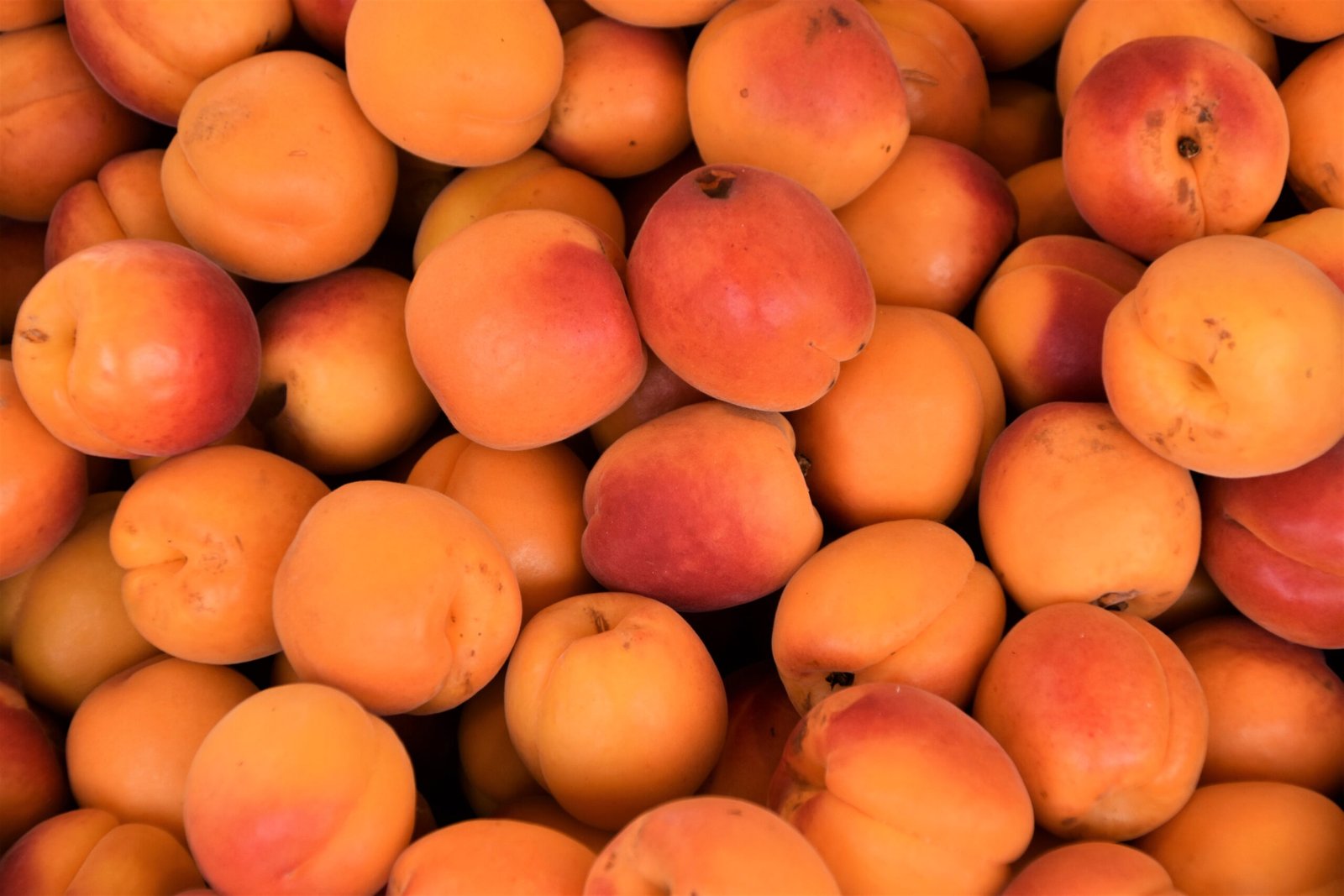Gardening is a rewarding activity that lets us witness the beauty of nature up close. However, just like humans, plants can also suffer from various forms of damage. One such form is sun scald, a condition caused by excessive exposure to the sun’s intense heat and radiation. In this article, we will explore what sun scald is, why it occurs, and how to protect your plants from this harmful phenomenon.
What is Sun Scald?
Sun scald, also known as sunburn, is a condition that affects the leaves, stems, and fruits of plants. It occurs when plants are exposed to high levels of sunlight, leading to damage and discoloration. The symptoms of sun scald include yellow or brown patches on leaves, wilting, browning of fruits, and in severe cases, the development of white or grayish patches. Sun scald can not only affect the appearance of your plants but also stunt their growth and reduce their ability to produce flowers and fruits.
Causes of Sun Scald
Several factors contribute to the occurrence of sun scald in plants:
Intense sunlight: Plants that are exposed to long hours of direct sunlight, especially during the hottest part of the day, are at a higher risk of sun scald. This is particularly true for plants that are not well adapted to full sun conditions.
Lack of shade: Plants that are not provided with adequate shade or protection from the sun are more susceptible to sun scald. This is especially important for delicate plants, young seedlings, and those with thin foliage.
Water stress: Plants that are not receiving enough water or are experiencing drought conditions are more prone to sun scald. When plants are dehydrated, their natural defense mechanisms are weakened, making them more vulnerable to damage.
Preventing and Managing Sun Scald
Luckily, there are several measures you can take to protect your plants from sun scald:
Provide shade: Create shade for your plants by using structures such as shade cloth, umbrellas, or installing a garden trellis. This will help filter the intensity of sunlight and reduce the risk of sun scald.
Mulch: Apply a layer of organic mulch around the base of your plants. Mulch helps retain moisture in the soil, keeping the roots cool and preventing water stress. It also acts as a barrier, protecting the lower parts of the plant from direct sunlight.
Water consistently: Ensure your plants receive an adequate amount of water, especially during hot and dry periods. Proper watering helps maintain the plant’s overall health and resilience to sun scald.
Selective pruning: Regularly trim and prune your plants to provide them with proper air circulation. This will reduce the chances of leaf overcrowding and allow sunlight to reach all parts of the plant evenly.
Choose appropriate plant varieties: When selecting plants for your garden, consider those that are well-suited for your specific climate and sunlight conditions. Native or heat-tolerant plant varieties are often more resistant to sun scald.
Conclusion
Protecting your plants from sun scald is essential for maintaining their health and vitality. By providing shade, consistent watering, and proper plant care, you can safeguard your garden from the damaging effects of excessive sunlight. Remember to observe your plants regularly and take action promptly if you notice any signs of sun scald. With a little care and attention, you can enjoy a thriving garden that remains lush and beautiful all season long. Happy gardening!
Sun Scald FAQs
Here are some frequently asked questions (FAQs) about sun scald:
Q: What plants are most susceptible to sun scald?
A: Plants with thin, delicate foliage, young seedlings, and those that are not well adapted to full sun conditions are more susceptible to sun scald. Examples include tomatoes, peppers, lettuce, and herbs like basil.
Q: How can I tell if my plants have sun scald?
A: Look for yellow or brown patches on the leaves, wilting, browning of fruits, or the development of white or grayish patches. These are common symptoms of sun scald.
Q: Is sun scald permanent?
A: Sun scald can cause permanent damage to the affected parts of the plant. However, with proper care and management, plants can recover and continue to grow.
Q: Can sun scald be prevented entirely?
A: While it’s difficult to prevent sun scald entirely, you can minimise the risk by providing shade, mulching, consistent watering, regular pruning, and selecting appropriate plant varieties for your garden.
Q: How often should I water my plants to prevent sun scald?
A: Watering requirements vary depending on factors like plant type, climate, and soil conditions. Generally, it’s recommended to water deeply and consistently to keep the soil moist but not waterlogged. Regularly check the moisture level of the soil and adjust watering accordingly.
Q: Can I still plant sun-sensitive plants in my garden if I take precautions against sun scald?
A: Yes, with proper care and precautions, you can still grow sun-sensitive plants in your garden. Providing shade, using mulch, and following appropriate watering practices will help protect these plants from sun scald.
Q: Can I treat sun scald once it occurs?
A: Unfortunately, there is no cure for sun scald. Once the damage is done, it’s important to focus on preventive measures to protect the remaining healthy parts of the plant.
Q: Can sun scald affect all parts of the plant?
A: Sun scald primarily affects the leaves, stems, and fruits of the plant which are directly exposed to the sun. The lower parts of the plant, shaded by the upper foliage, are less likely to be affected.
Q: Can I use sunscreen or other chemicals to protect my plants from sun scald?
A: While some products claim to offer protection against sun scald, it’s generally not recommended to use chemical sunscreens on plants. It’s better to rely on natural measures like shade, mulch, and proper watering practices.
Q: Are all plants equally susceptible to sun scald?
A: No, different plant species and varieties have varying tolerance to sunlight. Some plants are naturally more resistant to sun scald than others. Choosing heat-tolerant or native plant varieties can help reduce the risk of sun scald.



































